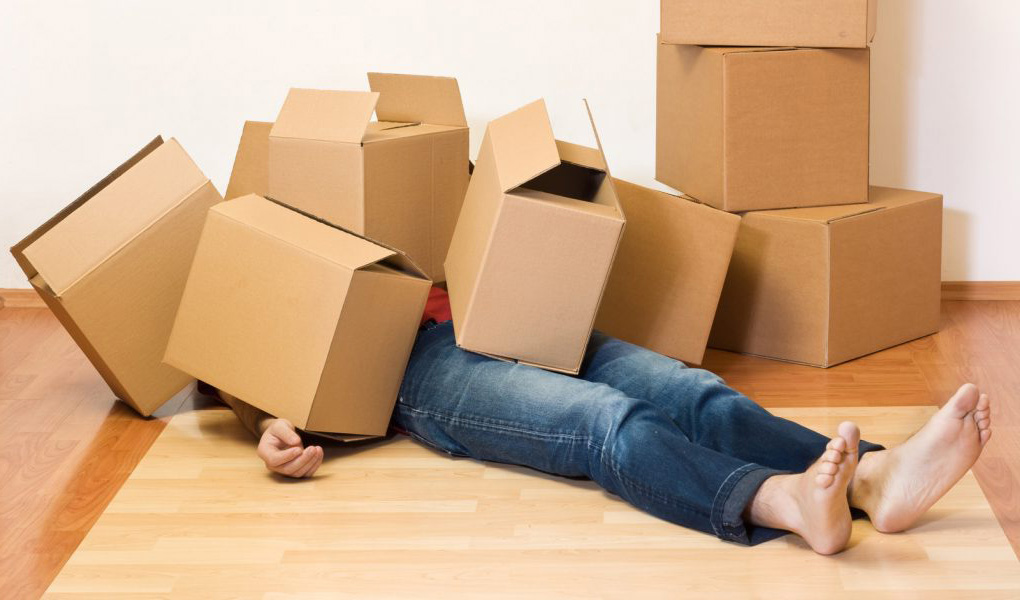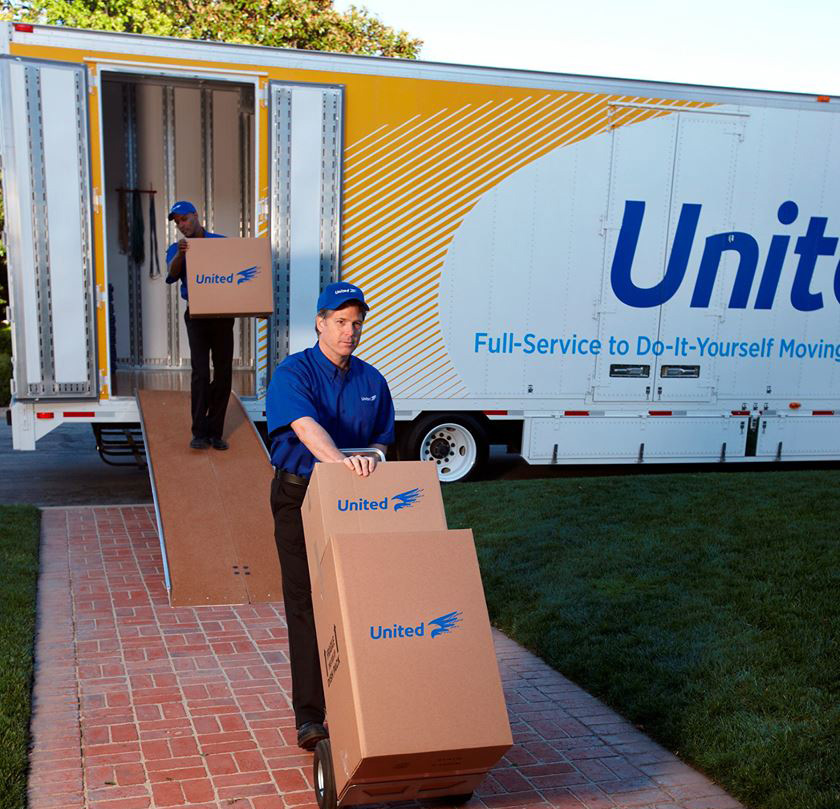
What Should You do if Your Moving Company Breaks an item in Transit?
You are all geared up for the move. It was stressful, but it is finally over. It’s time to unpack and get settled into your new place. You think that the worst of it is over until you find that your moving company has broken an item in transit. What do you do?
First Things First
Make sure that there are no other items that have been damaged. Do a quick inventory – if you decide to lodge a claim, it is best to lodge it for all items at the same time.
Assess the Damage
It is galling when you discover that damage has been done. After all, they were supposed to look after your items while in transit. But before you get too annoyed, it is a good idea to assess the extent of the damage.
Say, for example, the item was a cheap cup that got cracked or chipped. Maybe it is worth a couple of dollars. Is that worth raising a claim over? In principle, you are entitled to claim, but when you add up the cost in terms of time wasted, it won’t really be worthwhile.
If, on the other hand, the cup was part of an heirloom china set worth a pretty penny, that’s a completely different story.
For me, it is important to weigh up the potential financial compensation against the amount of work it will be to put in the claim. If you decide to claim, here’s what will happen.
Legally Speaking
Interstate moving companies are legally required to buy insurance for every pound of the goods that they transport. As a result, there should be some insurance coverage. Your first step is to let them know that you are filing a claim.
Read the Fine Print of Your Contract Carefully
Do go through the contract and see what the procedure for making a claim is and if there are any limitations to cover. In most instances, the mover will ask for an estimate of the value of the whole shipment and will limit the maximum claim to that amount.
So, say you initially said the shipment was worth $15 000, and you are now claiming that the cup is worth $10 000, you are probably not going to be successful in your claim.
Now Gather Evidence
You would have had to compile an inventory of your goods before the movers went to work. Using that list, mark the damaged items and take pictures of each item showing the damage. Put them away carefully in case the company demands to see them in person.
Keep Records
Keep copies of each piece of correspondence that you have had with the company. Keep every email, fax, and copies of documents that you completed as well.
Get the Dollar Value
If possible, show proof of the cost of the purchase and cost of replacement of items. Receipts that show what you paid for the item in the first place is likely to be necessary. It will also be a good idea to get written quotes for the replacement of the same items.
Most insurers will only pay actual value, though.
You should file your claim within nine months of the move, but obviously, the sooner you file, the better. The company has thirty days to respond to your claim – i.e., payout, make a counter-offer or decline the claim.
What if They Don’t Pay
Should they refuse your claim within 120 days, you are then able to sue them for the money.
Conclusion
A lawsuit is not the ideal solution for anyone. Make sure that you follow all the correct procedures and do be fair when it comes to assigning value, etc. Most companies will settle reasonable claims fairly quickly.
You can learn more about our residential and commercial office moving services here.


